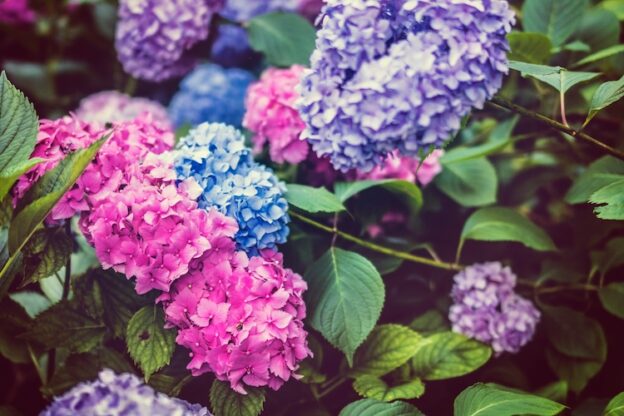Creating a garden that attracts birds, bees, and butterflies is not only a rewarding experience but also an essential contribution to the environment. These pollinators play a vital role in the ecosystem, helping plants reproduce and maintaining biodiversity. By designing a garden that welcomes these creatures, you can enjoy the beauty of nature while supporting local wildlife. Here’s how you can create a garden that’s a haven for birds, bees, and butterflies.
1. Choose Native Plants
One of the most important steps in designing a garden that attracts wildlife is to select native plants. Native plants are those that naturally occur in your region and have adapted to the local climate and soil conditions. They are more likely to thrive in your garden with minimal care and are the preferred food and shelter for local wildlife.
For birds, consider planting trees and shrubs that produce berries, such as dogwoods or serviceberries. Bees are attracted to a variety of flowering plants, particularly those that bloom throughout the growing season. Butterflies, on the other hand, are drawn to bright, nectar-rich flowers like coneflowers, milkweed, and asters.
2. Provide Water Sources
Water is essential for all living creatures, and by adding a water source to your garden, you can make it more inviting for birds, bees, and butterflies. A simple birdbath, a shallow dish of water, or even a small pond can be an excellent addition to your garden. Ensure that the water source is shallow enough for small creatures to use safely and place it in a sheltered area to protect it from predators.
3. Incorporate Shelter and Nesting Areas
Birds, bees, and butterflies need shelter and safe places to raise their young. For birds, consider installing birdhouses, or choose trees and shrubs that provide natural nesting sites. You can create bee-friendly habitats by leaving patches of bare soil for ground-nesting bees or adding bee hotels for solitary bees. Butterflies will appreciate areas where they can bask in the sun and find shelter from the wind, such as rock piles or dense shrubs.
4. Create a Pollinator Pathway
Pollinator pathways are continuous stretches of habitat that provide food and shelter for pollinators as they move through the landscape. By planting a variety of flowering plants that bloom at different times of the year, you can create a garden that provides a consistent source of nectar and pollen. Grouping plants together in clusters will make it easier for pollinators to find them and move from one plant to another.
5. Use Organic Gardening Practices
Avoid using chemical pesticides and fertilizers in your garden, as these can harm the very creatures you’re trying to attract. Instead, opt for organic gardening practices that promote a healthy, balanced ecosystem. Natural methods, such as composting, mulching, and using beneficial insects, can help you maintain a thriving garden without harming pollinators.
6. Install Landscape Features Thoughtfully
Incorporating landscape features such as pathways, garden beds, and curbing can enhance the aesthetic appeal of your garden while also providing functional benefits for wildlife. For example, “Landscape curbing near me” can be used to create defined garden beds that not only look neat but also help retain moisture and reduce erosion, benefiting the plants and the pollinators that visit them. Additionally, well-placed pathways can guide visitors through the garden without disturbing the habitat.
7. Plant in Layers
To maximize the space in your garden and provide more resources for wildlife, consider planting in layers. Tall trees, understory shrubs, and ground-covering plants can create a multi-dimensional habitat that offers food, shelter, and nesting opportunities at different heights. This layered approach mimics natural ecosystems and is particularly beneficial for birds that need a variety of perching and nesting sites.
8. Consider Year-Round Appeal
Design your garden with year-round interest in mind to ensure that it provides resources for wildlife throughout the seasons. Choose plants that offer food and shelter in the winter, such as evergreens, and include late-blooming flowers that can feed pollinators in the fall. By thinking about what your garden will look like in each season, you can create a space that supports wildlife all year long.
9. Get Involved in Conservation
Finally, consider participating in local conservation efforts to protect and promote wildlife in your community. Join a native plant society, participate in citizen science projects, or get involved with organizations that focus on habitat restoration. By contributing to broader conservation efforts, you can help ensure that birds, bees, and butterflies have the resources they need to thrive.
Conclusion
Designing a garden that attracts birds, bees, and butterflies is a rewarding way to connect with nature and contribute to the health of your local ecosystem. By selecting native plants, providing water sources, incorporating shelter, and practicing organic gardening, you can create a beautiful and sustainable garden that supports these essential pollinators. Whether you’re starting small or transforming your entire yard, your efforts will be appreciated by the wildlife that calls your garden home.








